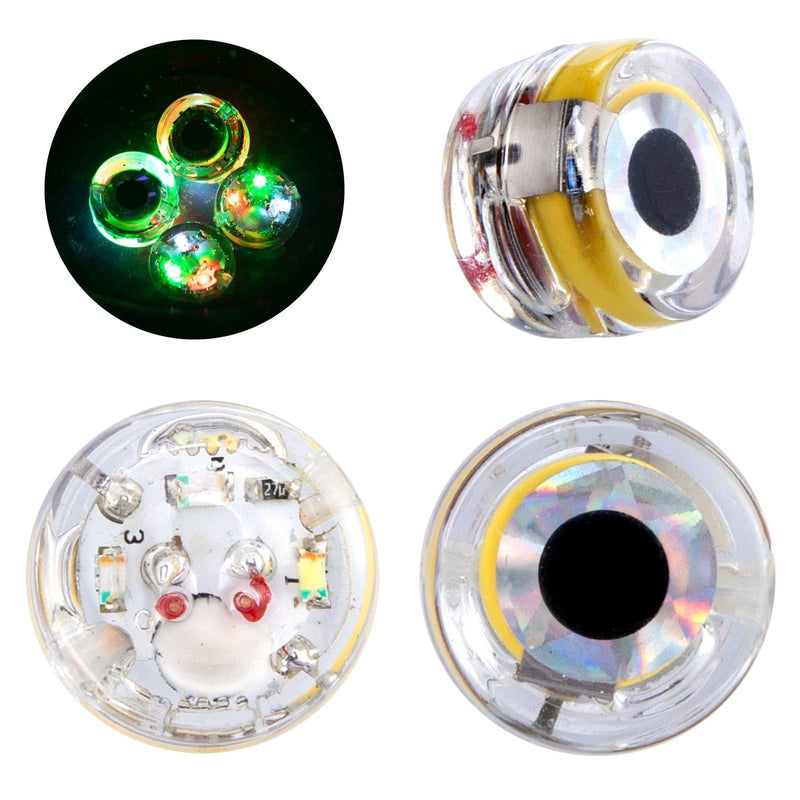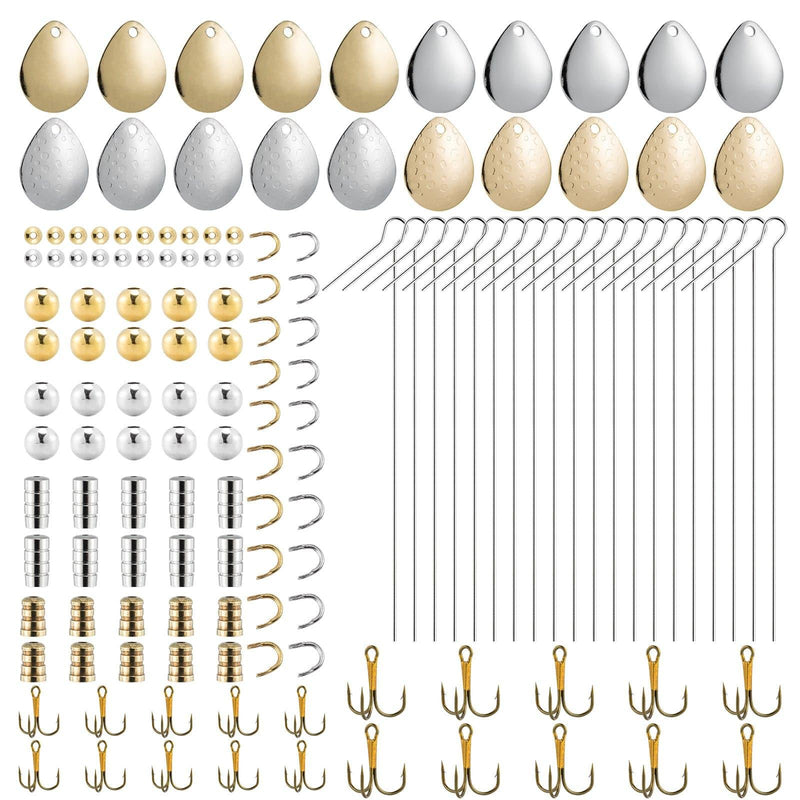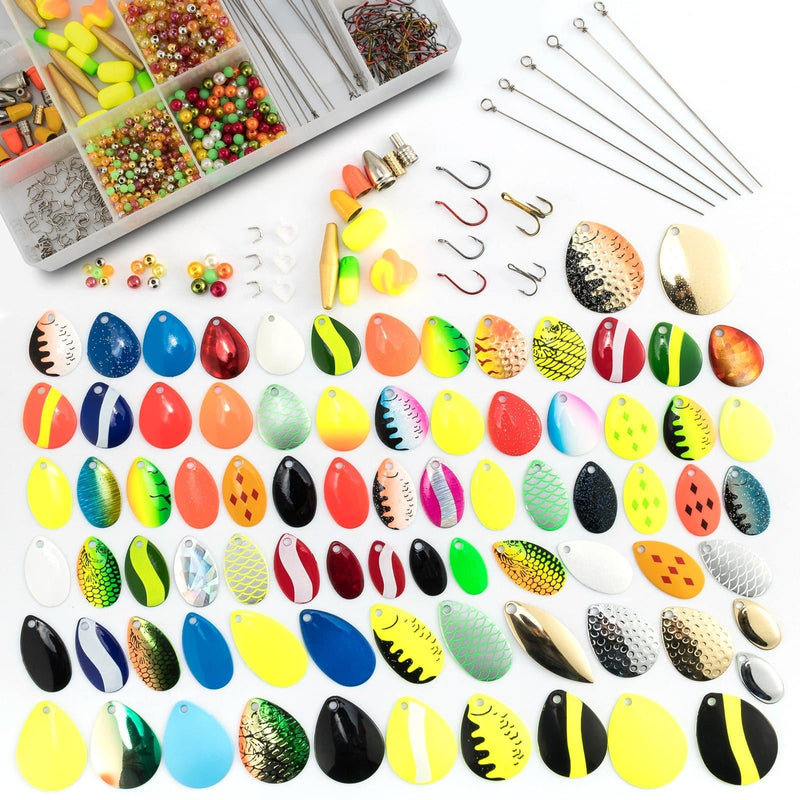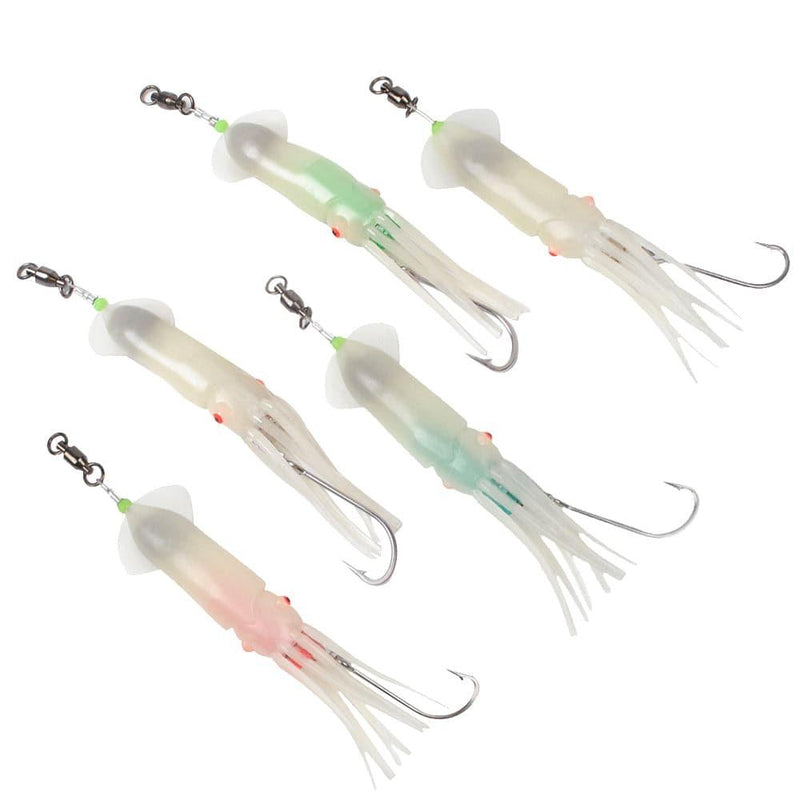How to Choose a Fly Fishing Net
Introduction
A fly fishing net might seem like a simple tool, but it plays a vital role in every angler’s success and fish care. The right net helps land fish quickly, keeps them secure, and minimizes harm during release. Whether you’re catching trout in a stream or bass from a kayak, the right design ensures both efficiency and safety. Choosing one involves more than size—it’s about balancing material strength, comfort, and performance to match the demands of your fishing conditions.
Why You Need a Fly Fishing Net

A fly fishing net does much more than simply scoop fish—it protects both the angler and the catch while making every landing smoother and safer. Here’s why it’s essential:
-
Protects Fish Health: Modern nets with rubber-coated mesh prevent damage to scales and slime coats, ensuring catch-and-release success.
-
Increases Landing Success: Fish often make sudden movements near the surface. A reliable landing net helps prevent escapes.
-
Safety and Convenience: Using a net keeps your hands free from hooks and ensures the fish doesn’t thrash near sharp tackle.
- Efficiency: Instead of tiring the fish out excessively, you can land it quickly and humanely.
Using a fly fishing net enhances catch control, protects fish welfare, and makes every fishing session more organized and enjoyable.
Types of Fly Fishing Nets
Different nets suit different fishing styles and locations. Let’s explore the most common types:
Hand Nets

Compact and lightweight, hand nets are perfect for wading anglers. Their short handles offer precise control and are easy to carry on a belt or vest loop.
Telescopic or Collapsible Nets

These nets save space and are ideal for anglers who hike to remote locations. They typically feature telescopic handles or foldable frames that fit easily in a backpack.
Boat Nets
Designed for anglers in kayaks, canoes, or small boats, these nets feature longer handles and deeper baskets to reach over the side and safely scoop larger fish.
Features of a Good Fly Fishing Net

When shopping for a fly fishing net, certain features make all the difference between a reliable tool and one that fails when it matters most.
Net Material
The material affects both fish safety and durability.
| Material | Advantages | Drawbacks |
|---|---|---|
| Rubber-Coated Mesh | Gentle on fish, easy to clean, resists odor and mildew | Slightly heavier |
| Nylon Mesh | Lightweight and affordable | Can damage fish scales |
| Silicone Mesh | Extremely smooth and long-lasting | More expensive |
Frame Construction
A solid frame ensures strength without adding too much weight.
- Aluminum Alloy: Lightweight, corrosion-resistant, and durable.
- Carbon Fiber: Strong and extremely light, ideal for long sessions.
- Wood: A classic option that adds beauty but requires more care.
Aluminum is the most popular material for modern fly fishing nets due to its strength-to-weight ratio and resistance to rust.
Handle Design
A well-designed fly fishing net handle makes landing fish safer, easier, and more comfortable. When choosing a handle, consider its length, grip, and ergonomics to match your fishing style.
-
Handle Length: Longer handles provide extra reach when wading or fishing from a kayak, while shorter handles are more compact and easier to maneuver in tight spaces.
-
Non-slip Grip: Ensures secure handling in wet conditions, reducing the chance of dropping your net.
-
Ergonomic Shape: Balanced design helps reduce fatigue during long hours on the water.
-
Attachment Loop or Lanyard: Makes carrying or fastening your net convenient and prevents loss.
Even small details, such as a soft EVA grip, can make a big difference in comfort and control, helping you land fish more efficiently while reducing strain on your hands and wrists.
Net Depth and Shape
Net depth influences how well it holds fish.
- Shallow nets are great for small trout or panfish.
- Deeper nets handle larger fish like bass or salmon.
As for shape, teardrop and flat-bottomed nets are popular for stability and easy fish release.
What to Consider Before Choosing a Fly Fishing Net
Selecting the right fly fishing net is about matching it to how and where you fish. The right net improves landing efficiency, protects the fish, and makes every trip safer and smoother.
Targeted Fish Species
Your target species determines the net size and strength.
- Trout: Medium-depth rubber nets.
- Bass or Walleye: Deeper baskets for heavier fish.
- Salmon: Long-handled nets with strong frames.
Fishing Location
Fishing conditions dictate the most practical net style.
- Streams and Rivers: Short-handled nets for mobility.
- Boats or Kayaks: Longer handles and deeper baskets.
- Lakes or Ponds: Versatile mid-sized nets are sufficient.
Personal Comfort
Balance matters. Lightweight materials reduce fatigue, while ergonomic handles prevent strain. Anglers who hike or wade long distances should prioritize nets that are easy to attach and retrieve.
Budget
Fly fishing nets range from affordable nylon models to high-end carbon fiber versions. You don’t need to buy the most expensive one—look for value in construction quality and material performance.
Fish Care and Conservation
A good fly fishing net is essential for protecting fish health. Soft rubber or silicone mesh prevents injury and preserves the natural slime coat, allowing fish to recover quickly after release. Choosing the right net shows respect for the fish and promotes sustainable fishing practices.
How to Care for Your Fly Fishing Net
Proper care extends your net’s life and keeps it ready for your next trip.
Maintenance Tips:
- Rinse the net with clean water after each use to remove debris or salt.
- Air dry completely before storage to prevent mold.
- Inspect for cracks, frays, or corrosion.
- Store in a cool, dry place away from direct sunlight.
With minimal effort, a high-quality net can last for years while maintaining performance and appearance.
Conclusion
Choosing the right fly fishing net comes down to understanding your fishing style, the species you target, and how you care for your catch. A well-made net not only makes landing fish more efficient but also supports responsible, sustainable angling. With the right balance of strength, comfort, and fish-friendly design, your fly net fishing experience becomes smoother and more rewarding—trip after trip.







0 comments